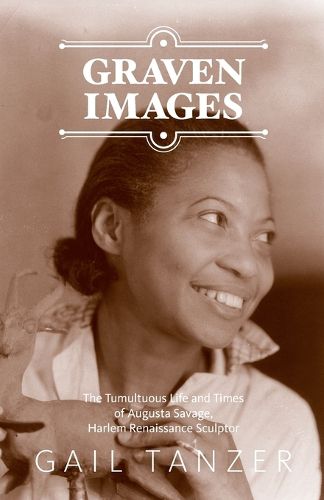Readings Newsletter
Become a Readings Member to make your shopping experience even easier.
Sign in or sign up for free!
You’re not far away from qualifying for FREE standard shipping within Australia
You’ve qualified for FREE standard shipping within Australia
The cart is loading…






This title is printed to order. This book may have been self-published. If so, we cannot guarantee the quality of the content. In the main most books will have gone through the editing process however some may not. We therefore suggest that you be aware of this before ordering this book. If in doubt check either the author or publisher’s details as we are unable to accept any returns unless they are faulty. Please contact us if you have any questions.
One of fourteen children, Augusta Savage grew up in a small town in the Deep South under oppressive Jim Crow laws, but she was determined to accomplish something special. Even though her father took the switch to her for making "graven images," she was drawn to a clay pit near her home where she spent hours sculpting ducks and barnyard animals. Against all odds, she eventually became a leading sculptor, educator and champion of equal rights during the Harlem Renaissance.
$9.00 standard shipping within Australia
FREE standard shipping within Australia for orders over $100.00
Express & International shipping calculated at checkout
This title is printed to order. This book may have been self-published. If so, we cannot guarantee the quality of the content. In the main most books will have gone through the editing process however some may not. We therefore suggest that you be aware of this before ordering this book. If in doubt check either the author or publisher’s details as we are unable to accept any returns unless they are faulty. Please contact us if you have any questions.
One of fourteen children, Augusta Savage grew up in a small town in the Deep South under oppressive Jim Crow laws, but she was determined to accomplish something special. Even though her father took the switch to her for making "graven images," she was drawn to a clay pit near her home where she spent hours sculpting ducks and barnyard animals. Against all odds, she eventually became a leading sculptor, educator and champion of equal rights during the Harlem Renaissance.